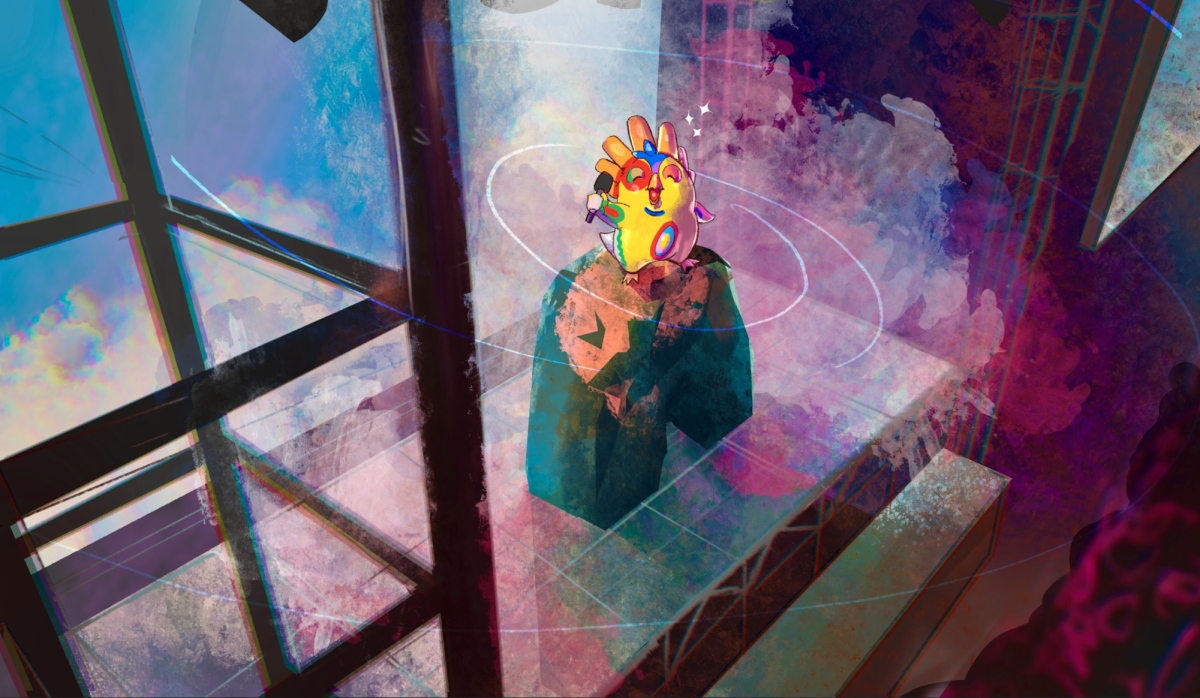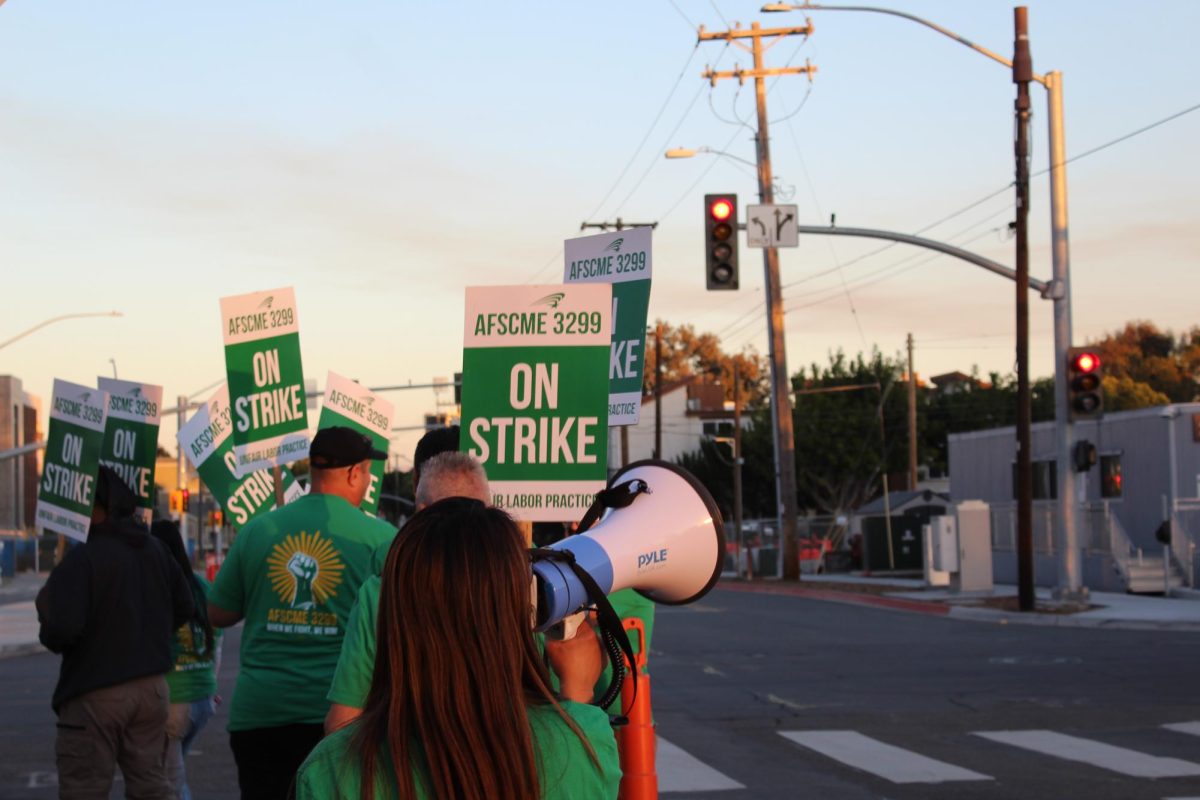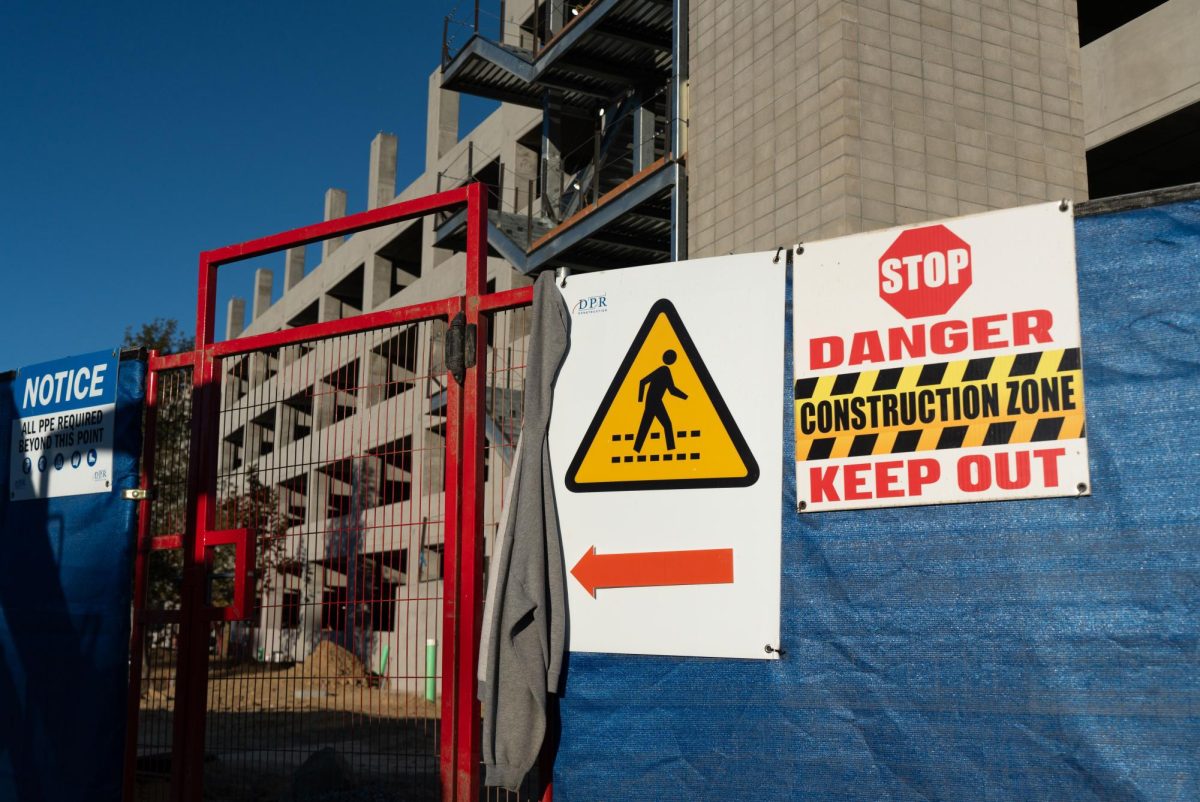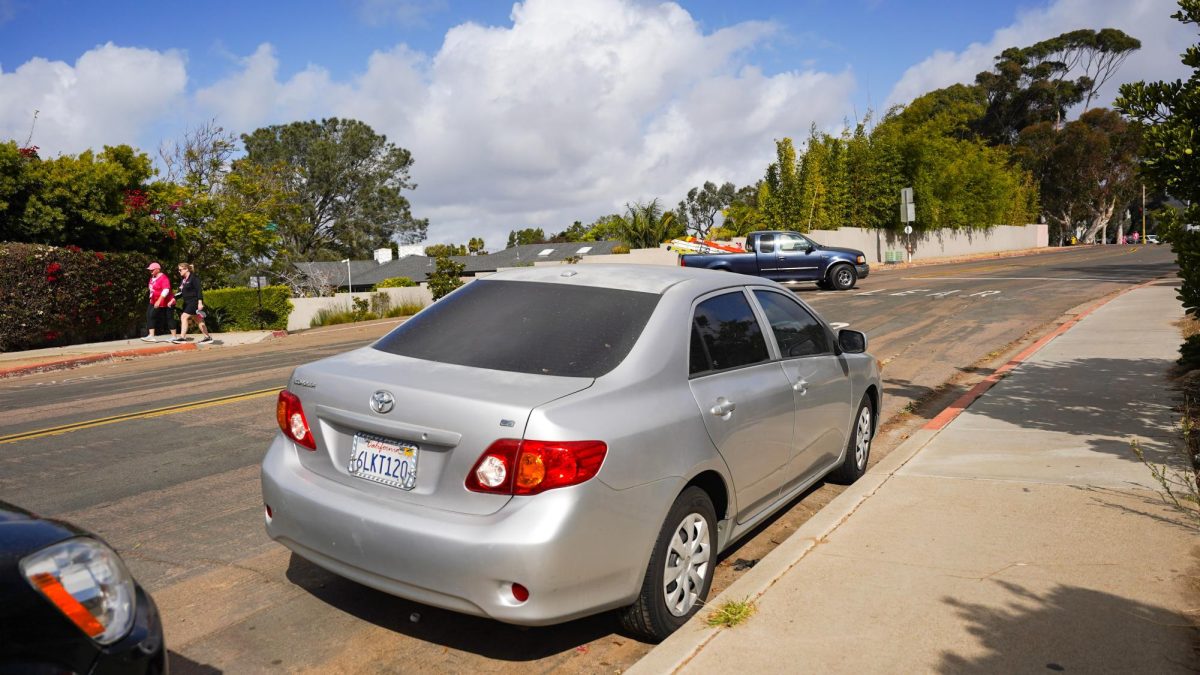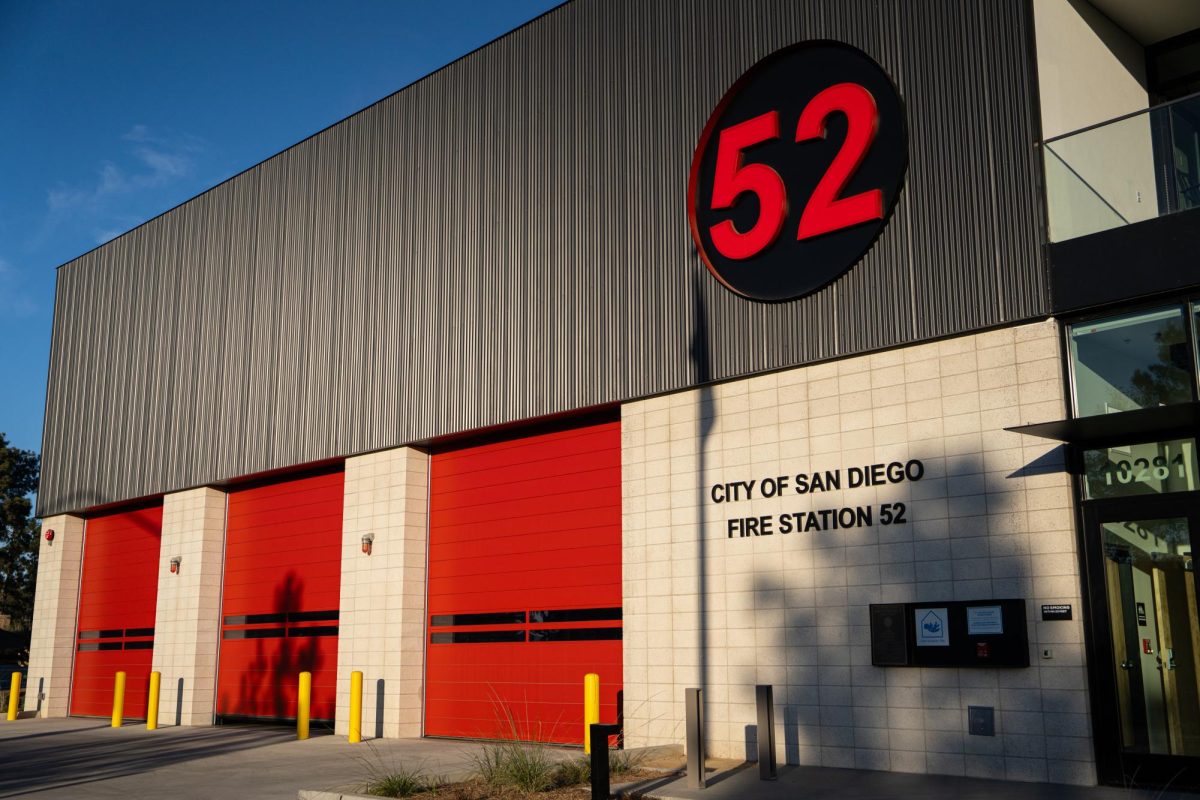After the success of the California COVID Notify program in identifying people who have been exposed to COVID-19 at UC San Diego, the contact tracing program has expanded to include the thousands of users in the UC San Diego Health system on Nov. 23.
The California COVID Notify program is still in the initial stages of development with the goal being able to identify even more people that have come into close contact with those who have tested positive for COVID-19. Originally, this program has only been available to faculty and students at eight universities in the state, including UCSD. However, the program will now be opened to all patients in the UC San Diego Health system.
Once students have their exposure notifications on their phone turned on, the program does the rest of the work. If students come within six feet of each other for more than 15 minutes per day, their phones exchange randomly generated numbers, or keys, that take into account their close interaction. If one person later tests positive for COVID-19 and agrees to share that information with the program, the people they were in close contact with will receive an alert that they have been exposed.
A health official will provide an exposure notification key for the infected individual to notify others of their diagnosis; the system will then alert everyone who was in contact with the infected individual in the last 14 days. The only requirement for the program is that users always keep their bluetooth on.
“If students participate with a high compliance rate, it would make a big difference in contact tracing. As we enter this time of increasing SARS-CoV-2 prevalence, this technology could be helpful,” UCSD Molecular Biology Professor Stephen Hedrick said to The UCSD Guardian. “More helpful is practicing safe behavior.”
The technology was proven to be increasingly effective in helping identify those who might have COVID-19. Since most people don’t know when or how they were infected, this program helps alert individuals that might have been exposed so they can quarantine early and get the help they need.
“It’s been used in dozens of other countries and almost half of U.S. states. [So far they estimate] 20,000 people on [UC San Diego] campus have enabled the technology,” Chief Information Officer and Associate Chief Medical Officer at UC San Diego Health Christopher Longhurst said to The Guardian. “[They] have issued over 20 verification keys [since the program started in September].”
While many students are concerned about their privacy, CA COVID Notify claims that they do not gather personal information like names, contact information, location, or identity of the people you come into contact with. This technology is solely being used to alert others of any possible circumstances where they were exposed to the virus.
The randomly generated keys used in the notification system are not linked to the user’s identity. This information is only stored on the user’s device and is not shared until the user decides they would like to share the information to officials. The data is also automatically deleted after 14 days.
Since the program strongly relies on user participation, they are looking forward to making the program more available to identify as many cases as possible. In light of the new purple tier restrictions, this technology could be very helpful in identifying COVID-19 cases early and slowing the spread.
“[They are] waiting for word from state leaders about a state-wide expansion […] New York went statewide [in October] and Washington [in November]” Longhurst said.
On top of the required social distancing, face masks, and wastewater testing, the COVID Notify program is designed to help reduce COVID-19 cases and bring San Diego county out of the purple tier.
For Apple iPhones, users need to be updated to at least iOS 14.2 and turn on the exposure notifications in their settings. Google users have to download the CA COVID Notify app from the website.
Photo courtesy of Irvin Yang for The UCSD Guardian.








